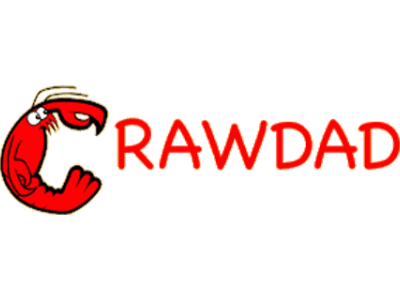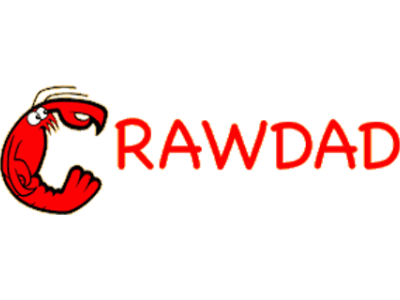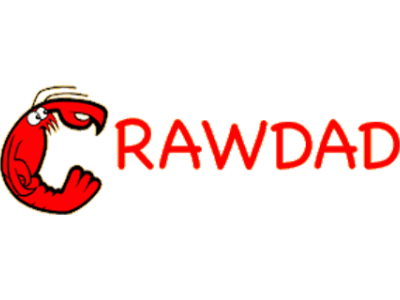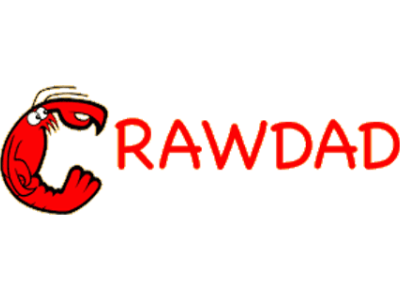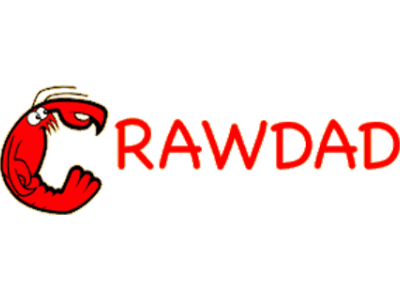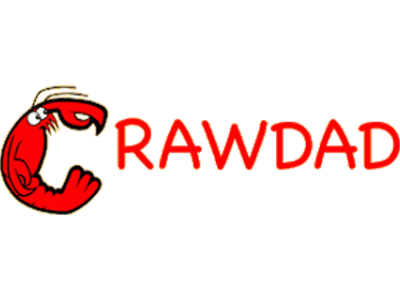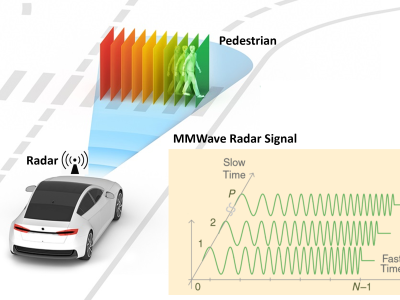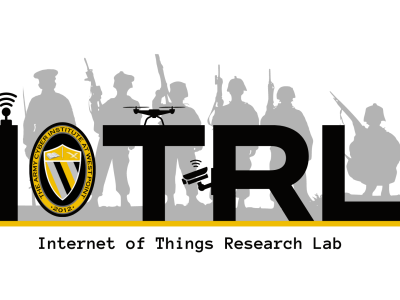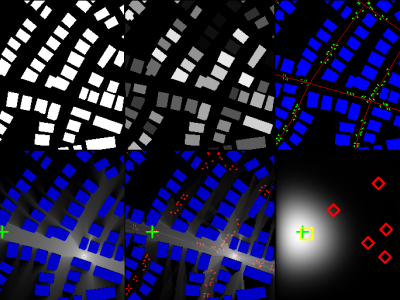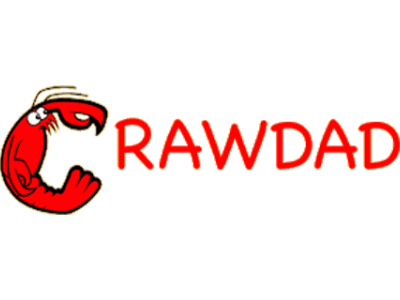CRAWDAD kyutech/interference

- Citation Author(s):
-
Marat Zhanikeev (Kyushu Institute of Technology)
- Submitted by:
- CRAWDAD Team
- Last updated:
- DOI:
- 10.15783/C7T88W
- Data Format:
 181 views
181 views
- Categories:
Abstract
Measurements of HTTP requests over 802.11 in dense wireless classrooms
The common wisdom tells one not to attach more than 5-10 wireless devices to an access point. This is a problem in wireless educational classes, one can get between 10 and 50 students in the same room. Such spaces are referred to as dense wireless networks. While there are several methods that can be used to deal with dense wireless environments, installing multiple APs and separating them by channel is arguably the most readily available method today. In 802.11g/n the practical advice is to assign CH1, CH5 and CH9 to the three APs.
However, even in such environments, wireless channels can become congested. It was noticed that tablet terminals would often fail to complete HTTP requests or fail getting access to the wireless channel entirely. In order to deal with this reliability problem, educational webapps had to be updated in such a way that they would detect failed requests and repeat them multiple times until a valid reply comes back.
This dataset contains measurements which can help model such environments and the related application logic. The dataset has slightly non-trivial metrics which described failed/repeated. The experiment was run over multiple parameters and with on-the-fly changes in the layout. The measurement itself was simple -- a web application (in browser) on user terminal would send a GET request to the web server and would download bulk of a randomly selected size. All the performance metrics were recorded at user terminals and gradually uploaded to the server -- specifically, each new request would also contain the variables containing the results of the previous request, which had negligible effect on size but facilitated efficient log-keeping.
date/time of measurement start: 2013-03-24
date/time of measurement end: 2013-03-24
collection environment: Three 802.11 access points on channels 1, 5 and 9, with 44 tablet PCs which were moved around between experiments. A diagram can be found in the dataset.
network configuration: Three 802.11 access points on channels 1, 5 and 9.
data collection methodology: A web browser on each tablet PC would send a GET request to a web server and download a randomly selected amount of data. Performance metrics were recorded on each station and uploaded to a server.
Traceset
kyutech/interference/interference
application-layer HTTP requests over 802.11
- file: interference.tar.gz
- measurement purpose: Network Diagnosis, Educational Use
kyutech/interference Trace
- interference: application-layer HTTP requests over 802.11
- format: the file interference.csv is a CSV file with the following columns:
time : the unix time
uid: User ID -- ID of the terminal in the layout PDF below
size of request: size in kbytes
attempts: how many times web request was sent before succeeding
took1: the time it took for the successful request to complete, in seconds
took2: when multiple attempts, the time from the first request until the successful reply (throughput 2 in [1])
event: there where several changes in layout and parameters, each change is marked in the dataset (in time order)
sync1: each terminal is supposed to send a request each 1s, size is selected randomly
sync3: same as sync1 but for 3s interval
sync5: same as sync1 but for 5s interval
change: there are 3 such events marking: round1, round2 and round 3, respectively -- see the layout PDF below for the details on the respective changes
Instructions:
The files in this directory are a CRAWDAD dataset hosted by IEEE DataPort.
About CRAWDAD: the Community Resource for Archiving Wireless Data At Dartmouth is a data resource for the research community interested in wireless networks and mobile computing.
CRAWDAD was founded at Dartmouth College in 2004, led by Tristan Henderson, David Kotz, and Chris McDonald. CRAWDAD datasets are hosted by IEEE DataPort as of November 2022.
Note: Please use the Data in an ethical and responsible way with the aim of doing no harm to any person or entity for the benefit of society at large. Please respect the privacy of any human subjects whose wireless-network activity is captured by the Data and comply with all applicable laws, including without limitation such applicable laws pertaining to the protection of personal information, security of data, and data breaches. Please do not apply, adapt or develop algorithms for the extraction of the true identity of users and other information of a personal nature, which might constitute personally identifiable information or protected health information under any such applicable laws. Do not publish or otherwise disclose to any other person or entity any information that constitutes personally identifiable information or protected health information under any such applicable laws derived from the Data through manual or automated techniques.
Please acknowledge the source of the Data in any publications or presentations reporting use of this Data.
Citation:
Marat Zhanikeev, kyutech/interference, https://doi.org/10.15783/C7T88W , Date: 20150616


